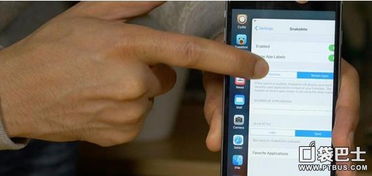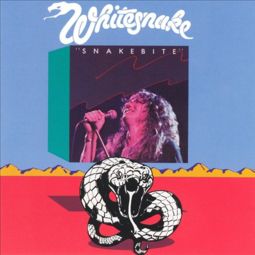
Corn Snake Bite: A Comprehensive Guide
When it comes to reptiles, corn snakes are often considered one of the most popular choices for pet owners. Known for their docile nature and vibrant color patterns, these snakes can make great companions. However, it’s important to be aware of the potential risks, including the possibility of a corn snake bite. In this article, we will delve into the details of a corn snake bite, covering everything from the symptoms to the treatment and prevention methods.
Understanding Corn Snake Bites

Corn snakes, like all snakes, have a set of teeth that they use for hunting and self-defense. While they are not aggressive by nature, they may bite if they feel threatened or are handled roughly. A corn snake bite can cause pain, swelling, and in some cases, infection.
Here’s what you need to know about corn snake bites:
| Signs of a Corn Snake Bite | Description |
|---|---|
| Pain | Immediate pain at the site of the bite, which may be sharp or throbbing. |
| Swelling | Swelling around the bite area, which may increase over time. |
| Redness | Redness around the bite area, indicating an immune response. |
| Discharge | Clear or cloudy fluid may leak from the bite wound. |
Immediate Actions After a Bite

If you or someone else is bitten by a corn snake, it’s important to take immediate action to minimize the risk of infection and other complications. Here’s what you should do:
- Wash the bite area with soap and water to remove any debris.
- Apply a sterile bandage or gauze to the wound to prevent infection.
- Keep the affected area elevated to reduce swelling.
- Seek medical attention if the bite is severe or if symptoms worsen.
Treatment Options

The treatment for a corn snake bite will depend on the severity of the bite and the individual’s overall health. Here are some common treatment options:
- Antibiotics: To prevent or treat infection, your doctor may prescribe antibiotics.
- Pain relievers: Over-the-counter pain relievers, such as ibuprofen or acetaminophen, can help manage pain.
- Wound care: Keeping the wound clean and dry is crucial for proper healing.
- Follow-up care: Regular check-ups with your doctor are important to monitor the healing process and address any complications.
Preventing Corn Snake Bites
Preventing a corn snake bite is always better than dealing with the aftermath. Here are some tips to help you avoid a bite:
- Handle with care: Always handle your corn snake gently and avoid sudden movements or loud noises, which can startle the snake.
- Know your snake: Spend time getting to know your snake’s personality and behavior, which can help you predict and avoid potential bite situations.
- Use proper equipment: When handling your snake, use a snake hook or tongs to minimize direct contact with its mouth.
- Keep your snake healthy: A healthy snake is less likely to bite. Ensure your snake has a proper diet, habitat, and regular veterinary care.
Conclusion
A corn snake bite can be a concerning experience, but with proper knowledge and precautions, you can minimize the risk of a bite and effectively manage any incidents that do occur. By understanding the signs of a bite, taking immediate action, and seeking appropriate treatment, you can ensure a safe and enjoyable relationship with your corn snake.







